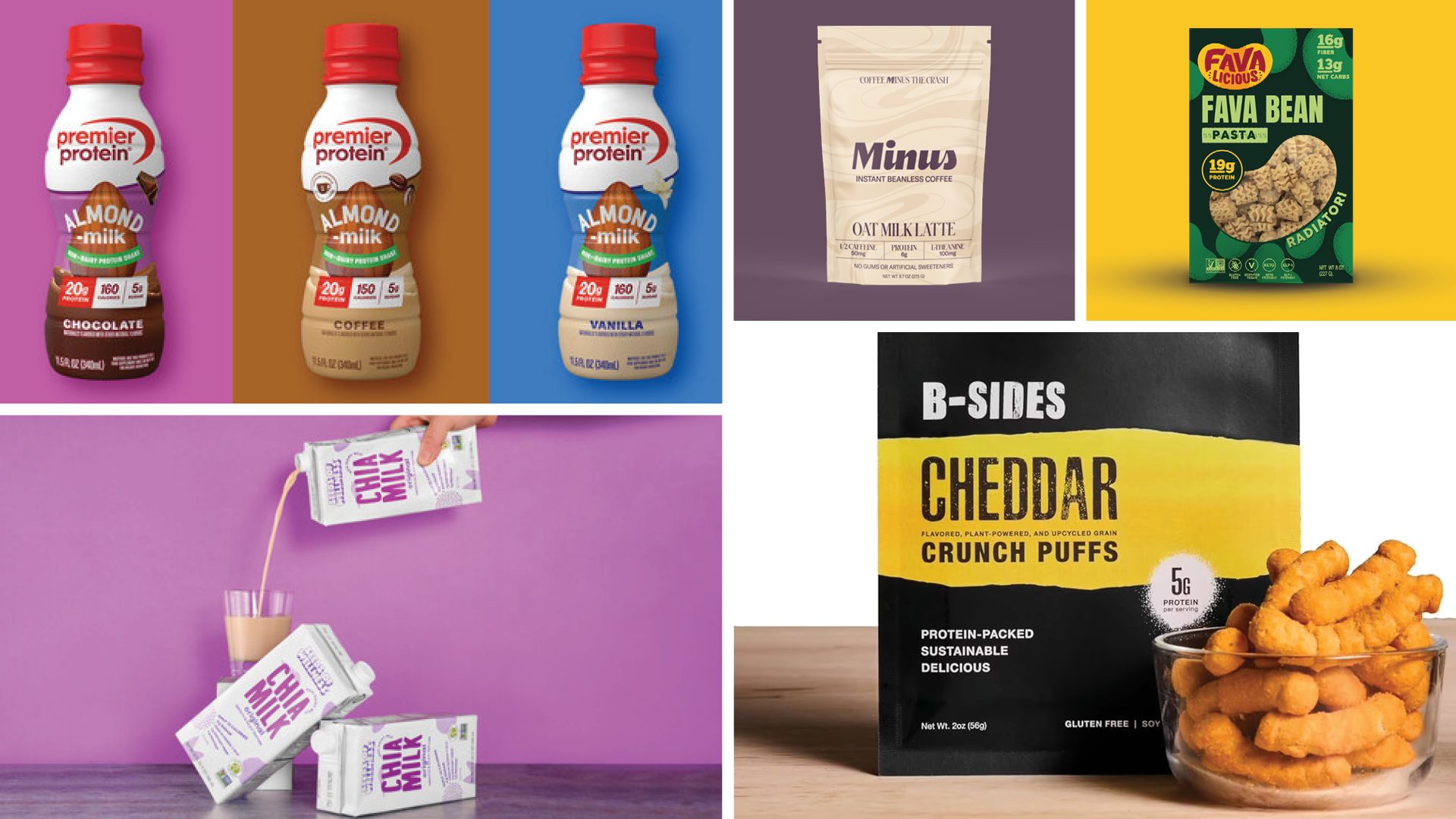Nearly half of consumers are buying plant-based products in 2022.
A new report from Acosta found that 40 percent of consumers surveyed in March purchased plant-based protein and/or dairy alternatives within the last six months, citing health as their key motivating factor. Of that group, the majority reported purchasing such plant-based products several times a month.
Mission: Plant co-founder David Benzaquen noted similar statistics.
In an October 2021 episode of The Food Institute Podcast, he shared research indicating that nearly 40% of Americans consumed a plant-based alternative to meat, dairy, or eggs at least once every ninety days.
Below, The Food Institute explores key findings from the plant-based report:
PRODUCT LOYALTY
Plant-based consumers have proven to be a loyal group.
Sixty-four percent reported purchasing within the plant-based category at least several times a month. Some 57% of plant-based buyers even go as far as to say they intend to consume plant-based alternatives throughout their lives, although just 20% say they follow a fully plant-based lifestyle.
“It’s not surprising that consumers are so loyal to the plant-based category,” Julie Altobello, senior marketing manager, health & authenticity at Rich Products, told The Food Institute. “Consumers are selecting plant-based options because it delivers on several of their needs it’s not just about taste or health or sustainability – it’s about all of those things and more.”
Research from Rich Products found that 61% of consumers purchasing plant-based are either already regular purchasers or are trying to grow their plant-based purchases.
LINGERING HESITANCY
While 50% of plant-based buyers claim it’s important for restaurants to offer plant-based options, only about 20% usually buy such alternatives when eating out.
Emily Hersh, head chef and culinary director of fast-casual vegan restaurant Pure Grit BBQ, told The Food Institute she believes one reason for that is simply a lack of options.
“As a vegetarian who has mostly omnivorous friends, I am frequently eating out at restaurants that are predominantly meat-centric,” she said. “These restaurants usually only offer one or two plant-based options. I’m often leaving the restaurant disappointed in the limit of choices for plant-based eaters.”
Hersh also noted that these plant-based options are usually placed at the bottom of the menu and seem like they were “just thrown together.”
“Picture being an omnivore who is trying to eat more plant based. You go to a steak restaurant with your friends,” she noted. “You open the menu and see endless steak options. You get to the side options, and they are slathered with cheese or scattered with bacon. You finally reach the last page that includes one vegan option, and it is a cauliflower steak with a scoop of quinoa. What would you order from the menu?”
To increase the sales of plant-based items on an omnivorous menu, Hersh believes that restaurants need to add more plant-based options, enhance their descriptions, and put more time into recipe development and marketing.
The global plant-based cheese market that was valued at approximately $1.01 billion in 2019 was anticipated to grow at a rate of more than 12.8% through 2027, Wise Guy Reports noted.
“The macro-trend towards plant-based is undeniable and will continue for years to come,” Aucoin said. “The health, environmental and animal welfare drivers behind this trend will only continue to become more prevalent in the consumer’s mind.”











